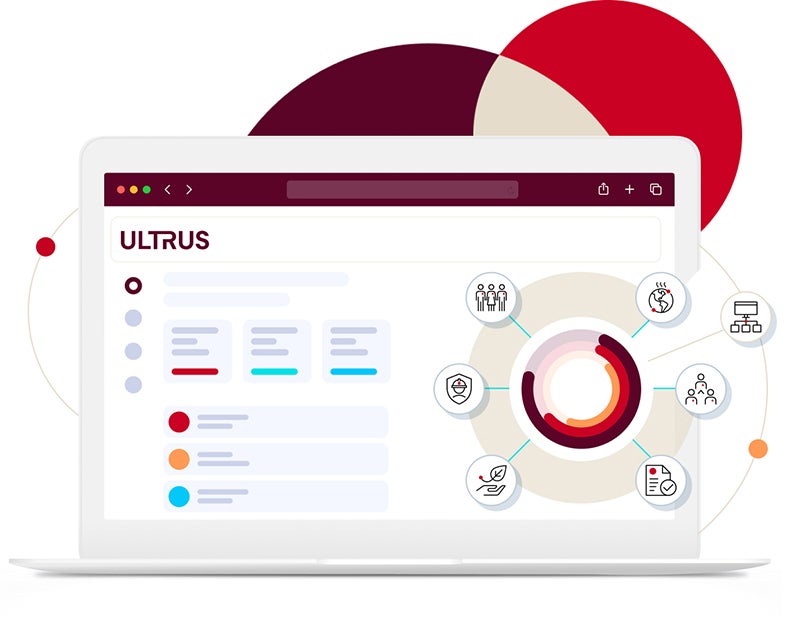Employee health and safety can often be overlooked in environmental, social and governance (ESG) programs; why? ESG programs tend to prioritize and focus on environmental sustainability, such as carbon footprints and waste management, overshadowing social aspects like employee well-being. Making employee health and safety a cornerstone of corporate ESG programs can help anchor the social pillar and drive ethical, operational, strategic and financial impacts.
1. Corporate social responsibility:
According to the World Economic Forum, prioritizing employee well-being (health and safety) can reduce risk and create economic value. Focusing on building a culture centered on well-being and safety can reduce injuries and illnesses while fostering trust and morale. For example, strict adherence to internal and external employee well-being governance policies could demonstrate a proactive stance on worker protection (which can be applied to the organization’s supply chain).
2. Operational efficiency:
Healthy and safe employees are more productive and highly engaged. Higher employee engagement levels are a crucial part of incident reduction goals, often resulting in lower incident-related costs and increased productivity. A 2023 National Safety Council study estimated workplace injuries cost U.S. employers $176.5 billion annually (medical, legal and lost productivity). Proactively reducing incident rates and direct/indirect costs associated with employee injuries and illnesses can create financial savings and contribute to overall employee well-being.
3. Reputation and stakeholder expectations:
ESG frameworks are beginning to integrate employee well-being into reporting metrics. For example, the Sustainability Accounting Standards Board (SASB) incorporates a human capital dimension into its reporting framework, enabling investors to consider this when making their allocation decisions. Deloitte found that strong health and safety practices and organizational commitment can help enhance brand reputation, increase valuation over time, and attract top talent, especially among younger workers who prioritize purpose-driven employers. Additionally, avoiding high-profile safety failures that make the news can reduce the risk of public backlash, investor divestment and associated costs.
4. Regulatory compliance and risk mitigation:
Compliance with workplace safety regulations can help avoid fines and legal risks. According to Liberty Mutual's 2024 Workplace Safety Index, more than $1 billion is spent per week on workplace injuries in the U.S. Integrating health and safety management into ESG frameworks can support proactive risk management and liabilities from workplace incidents or litigation.
5. Integration with ESG goals:
Health and safety align with broader ESG objectives, such as diversity (supporting safe working environments for all workers, regardless of location), governance (transparent reporting on safety metrics) and environmental goals (for example, fewer chemical spills reduce negative environmental impact).
In practice, companies can embed health and safety into their ESG strategies through regular audits, training, and data-driven metrics and work to overcome persistent challenges, such as balancing the costs of safety investments with their returns. Ultimately, prioritizing employee health and safety can serve as a solid foundation for credible ESG programs, helping drive both ethical impact and business success. So, how does your organization measure up? UL Solutions EHS Advisory Services can help!
Why work with UL Solutions EHS Advisory Services to address the “social” in ESG?
- Expertise and specialization – Well-versed and proven services to address employee health and safety elements necessary for successful ESG programs.
- Cost-effective solutions – Outsourcing services like EHS program audits, facility risk assessments, training, industrial hygiene services and charter development can help reduce in-house staff costs.
- Scalability and customization – Programs and services tailored to industry or region, addressing unique risks and needs, depending on the maturity of EHS programs and efforts.
- Technology and education – Learning management system offering customizable e-learning content aligned with current regulations across a variety of industries.
UL Solutions EHS Advisory Services can help organizations achieve their health and safety goals, drive ethical impact, cost savings and sustainability success.
Get connected with our sales team
Thanks for your interest in our products and services. Let's collect some information so we can connect you with the right person.




